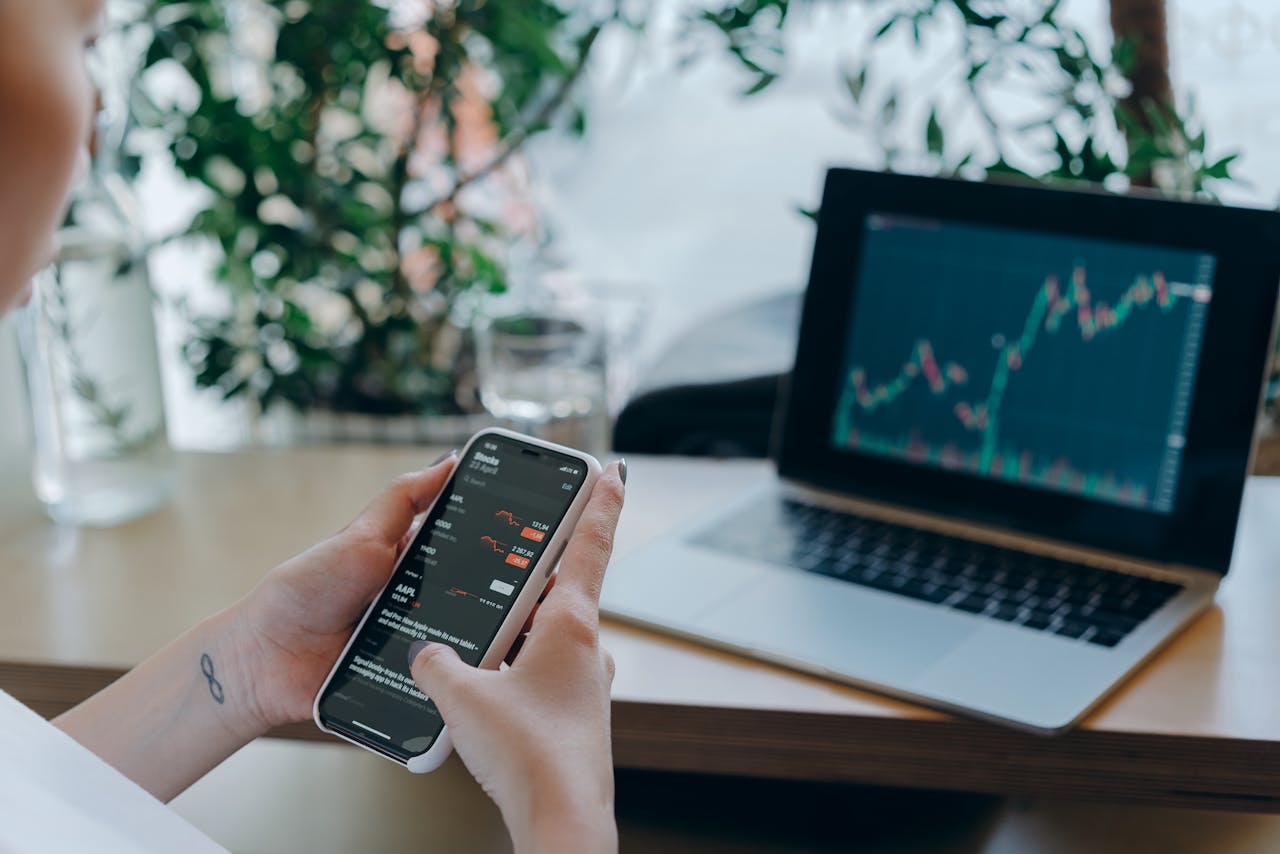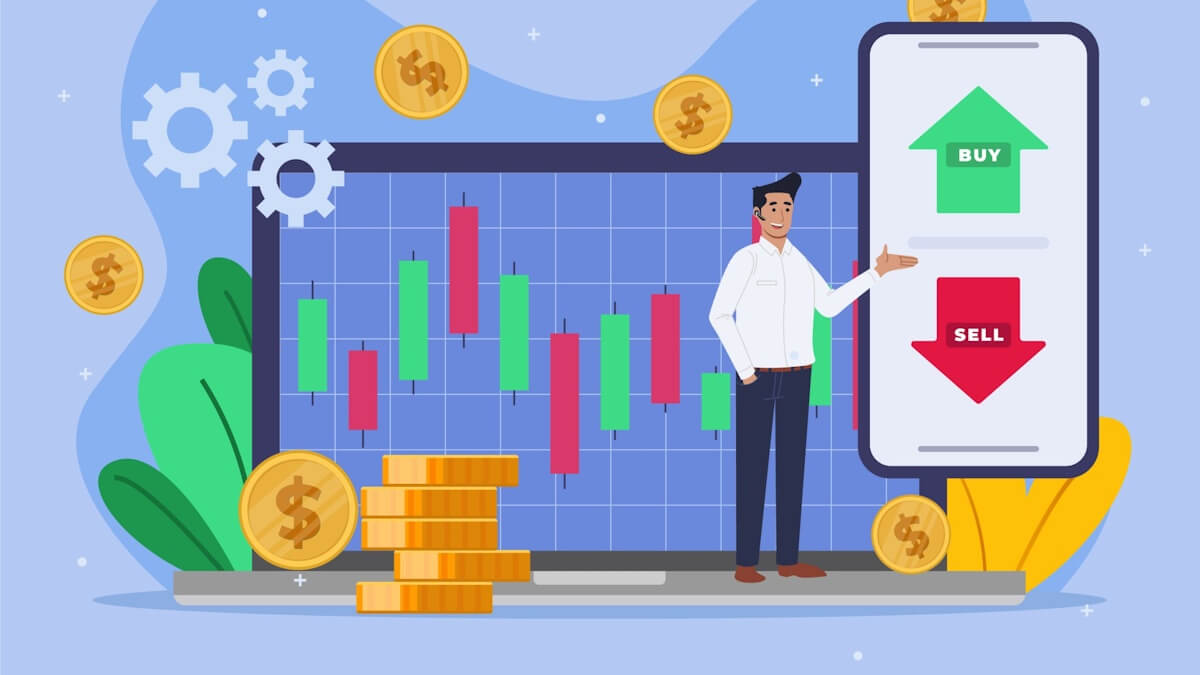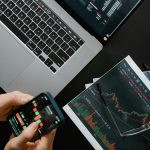What Is Considered Scalping in Forex?
Scalping is a popular trading strategy in the forex market that involves making quick trades to profit from small price movements. However, the definition of scalping can vary among traders and institutions. In this article, we will explore what is considered scalping in forex and discuss some key aspects of this trading approach.
1. Introduction
Scalping is a trading strategy that aims to generate profits from short-term price fluctuations. Traders who employ this strategy, known as scalpers, execute a large number of trades in a single day, holding positions for only a few minutes or even seconds. The goal is to capture small price movements multiple times to accumulate profits.
2. Understanding Scalping in Forex
In forex trading, scalping typically involves entering and exiting positions rapidly to take advantage of small price differentials. Scalpers aim to capitalize on temporary inefficiencies in the market, relying on quick execution and tight spreads. This strategy requires discipline, focus, and the ability to make rapid trading decisions.
Many experienced traders also integrate scalping and hedging into their overall strategies. While scalping focuses on short-term profits, hedging allows traders to protect their positions against unfavorable price movements, creating a balanced approach to risk management.
3. Timeframe for Scalping
The timeframe for scalping trades is typically very short, ranging from seconds to a few minutes. Scalpers closely monitor price movements and execute trades promptly to capitalize on small price fluctuations. They often focus on liquid currency pairs that exhibit sufficient volatility and tight spreads, ensuring optimal trading conditions for scalping.
4. Scalping Techniques and Indicators
Scalpers utilize various techniques and indicators to identify potential trading opportunities. Here are a few commonly used techniques and indicators in scalping:
4.1. Price Action
Price action analysis involves studying the movement of prices on a chart without relying heavily on indicators. Scalpers analyze candlestick patterns, support and resistance levels, and chart formations to make trading decisions based on the current price dynamics.
4.2. Moving Averages
Moving averages are commonly used in scalping to identify short-term trends and potential entry and exit points. Scalpers may use different periods of moving averages, such as the 5-period or 10-period moving average, to assess the direction of price movements and trade accordingly.
4.3. Bollinger Bands
Bollinger Bands consist of a moving average and two standard deviation bands that expand and contract based on market volatility. Scalpers use Bollinger Bands to identify periods of price consolidation and potential breakouts, helping them determine entry and exit points.
5. Benefits and Challenges of Scalping
Scalping offers several benefits, including:
Quick Profits: Scalpers aim to generate frequent small profits, which can accumulate significantly over time.
Increased Trading Opportunities: The fast-paced nature of scalping allows traders to capitalize on numerous trading opportunities throughout the day.
Reduced Exposure to Market Risk: Scalpers hold positions for a short duration, minimizing the exposure to overnight market risks.
However, scalping also presents some challenges:
Time and Focus: Scalping requires constant attention and focus on the market, as traders need to make quick decisions and monitor multiple trades simultaneously.
Transaction Costs: The frequent execution of trades may lead to higher transaction costs, including spreads and commissions, which can impact overall profitability.
6. Regulatory Considerations
It’s essential for scalpers to be aware of regulatory guidelines and restrictions imposed by regulatory bodies or brokers. Some jurisdictions or brokers may have specific rules regarding scalping, such as minimum holding periods or limitations on the number of trades executed within a certain timeframe. Traders should ensure compliance with applicable regulations and choose a broker that supports scalping activities.
7. Conclusion
Scalping in forex involves executing multiple trades within short timeframes to profit from small price movements. It requires a disciplined approach, effective risk management, and the ability to make quick decisions. Scalping can be a rewarding strategy for experienced traders who are comfortable with its fast-paced nature. However, it’s important to understand the risks involved and adhere to regulatory requirements.
8. FAQs
8.1. What is the recommended leverage for scalping?
The recommended leverage for scalping varies among traders and depends on individual risk tolerance. It’s crucial to use leverage responsibly and consider the potential impact of leverage on trading positions and risk exposure.
8.2. Can scalping be automated?
Yes, scalping can be automated using algorithmic trading systems or expert advisors (EAs). Automated scalping systems execute trades based on predefined rules and parameters, allowing for faster trade execution and reducing the need for manual intervention.
8.3. Are there any risks involved in scalping?
Scalping, like any trading strategy, carries risks. The fast-paced nature of scalping can lead to increased transaction costs, slippage, and potential losses if trades are not executed properly. Traders should carefully manage risk, utilize appropriate stop-loss orders, and be prepared for market volatility.
8.4. Is scalping suitable for beginners?
Scalping requires experience, discipline, and a deep understanding of the market. It may not be suitable for beginners who are still developing their trading skills and knowledge. It’s recommended for beginners to start with longer-term strategies and gradually transition to shorter-term approaches like scalping.
8.5. Can scalping be profitable in volatile markets?
Scalping can be particularly attractive in volatile markets as it allows traders to benefit from rapid price movements. However, increased volatility also carries higher risks. Traders should adapt their strategies to the specific market conditions and consider the potential impact of volatility on their scalping trades.














